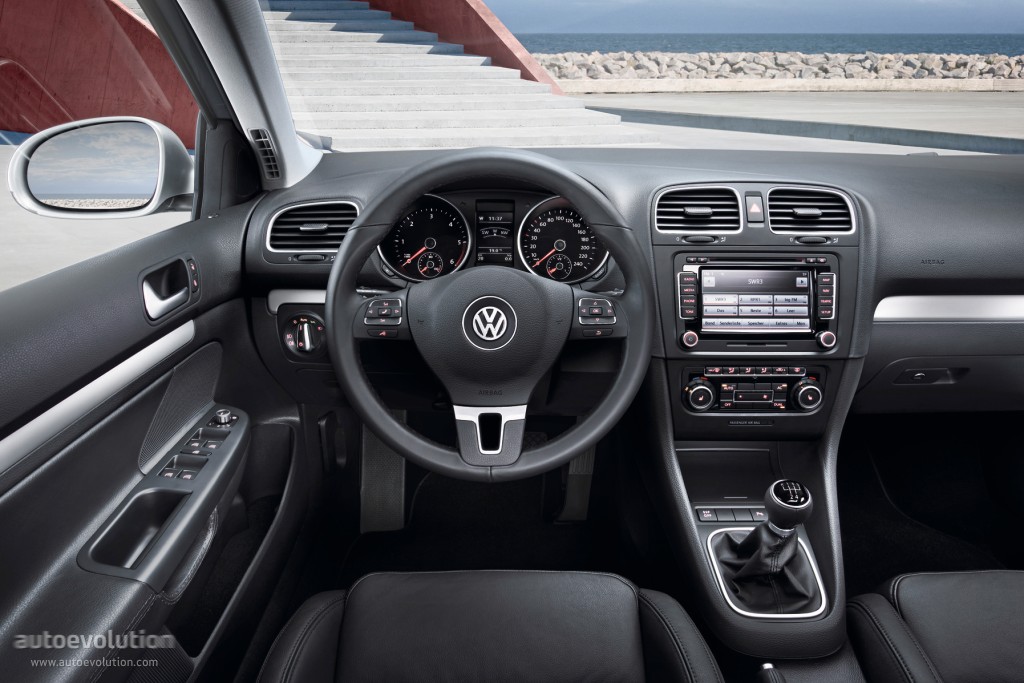The seven-speed dual-clutch transmission 7DCT300 is a transmission of third generation with Smart Actuation. The dual-clutch transmission for mid and front transverse applications sets standards in efficiency. Due to Smart Actuation, the transmission requires only as much energy as a light bulb. DCT stands for Dual Clutch Transmission, but that alone doesn’t fully explain it. A DCT is a type of Automated Manual Transmission (AMT) that has two clutches instead of just one. They are gaining. This transmission is based on a modified version of its so-called 8DCT, an eight-speed, wet-type, dual-clutch transmission that was developed in-house. Hyundai says the gearbox has received. 2016 to current 2.4 L (DE2) 8-speed Dual-clutch transmission; The ILX originally featured a 2.0-liter I4 engine making 150 hp mated to a 5-speed automatic transmission, or a version of the Civic Si's 201 hp 2.4-liter I4 engine mated to a 6-speed manual.
Dual Clutch Transmission Fluid

The dual clutch transmission (DCT), also referred to as a double- or twin-clutch transmission, combines the best of both manual and automatic transmissions into a hybrid that requires no input from the driver to shift gears, provides smooth and fast shifting, and operates more efficiently than either a manual or an automatic transmission. Its unique configuration is known as a semi-automatic transmission. It uses two separate clutches, one which engages even numbered gears in the transmission while the other engages the odd numbered gears. While one gear, third gear for example, is engaged, the clutch has the next gear, possibly fourth gear if the driver is speeding up, ready to go so it can instantly switch from third to fourth without losing any of the engine's power and without requiring the driver to press down the clutch pedal as he would need to in a manual transmission car.
Honda Dual Clutch Transmission
Dual clutch transmissions, or DCTs, have become a popular transmission option for vehicle designers as they combine the gear efficiency of a manual, with the.
Since the car's driver isn't required to press a clutch pedal to shift gears, it would seem the dual clutch transmission is automatic. Yet it is actually semi-automatic. Electro-hydraulic fluid is used to engage and disengage the clutches. This fluid forces the clutch disk against the flywheel of the engine and the power spins the car's wheels. When the car slows, sensors send less fluid to the clutch and it disengages because the fluid's force is not strong enough to hold it against the flywheel.

Two clutches make the dual clutch transmission possible. While one gear is engaged, the clutch prepares to switch to the gear on the opposite clutch. Since one clutch holds the odd numbered gears and the other the even numbers, the clutches constantly switch back and forth and the transition from one to another happens so quickly the driver never feels the car change gears.

Advantages of the dual clutch transmission include more efficient performance and faster shifting speeds. Since the next gear is already ready to switch into, the change occurs almost instantly and the shift is smooth. No engine power is lost, as it is in automatic transmissions using torque converters to engage and disengage the engine. The torque converter is similar in principle to the electro-hydraulic fluid, but loses some of the power from the engine when engaging and disengaging.
Disadvantages of the dual clutch transmission include its high cost and the complexity of its parts. Cars utilizing this type of transmission cost more and repairs take more effort due to the extra parts and how they are aligned with one another. With more parts, there are more problems that can arise.
